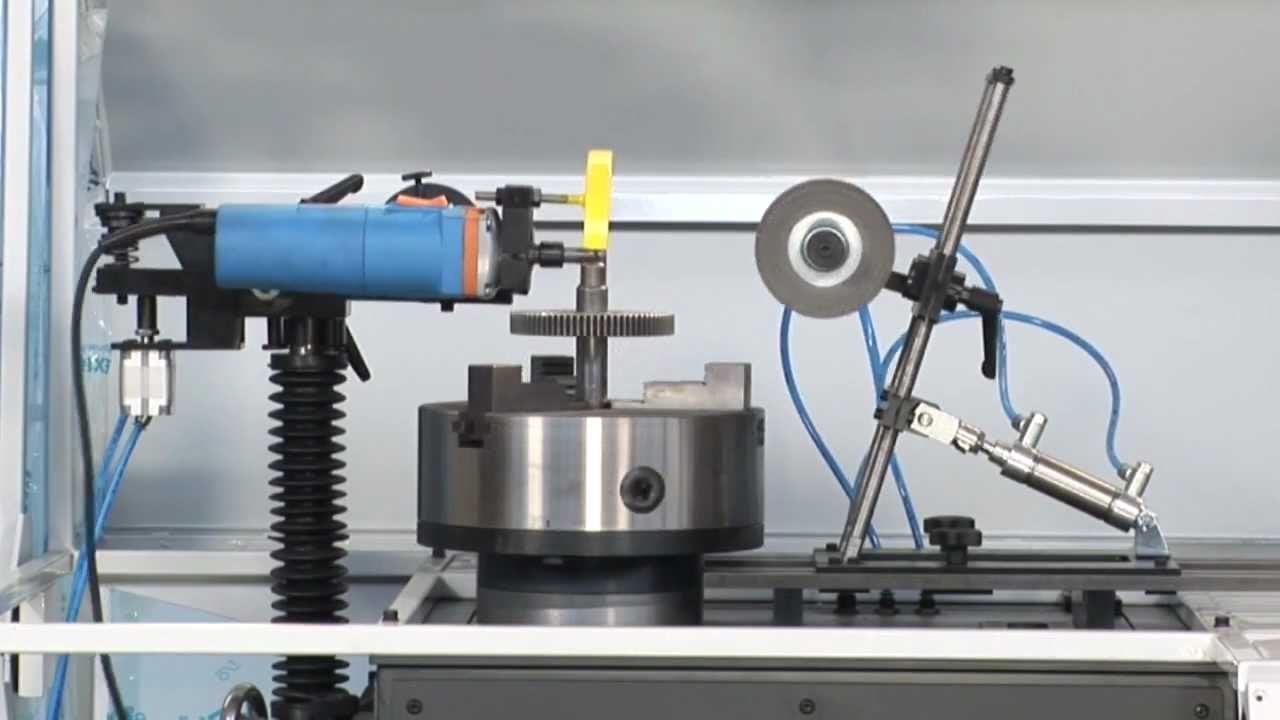Artificial Eye
In Business, Official Blog, Tech-BLOG, Tech-Forum, TechnicalBy Author – Rishabh Sontakke
An artificial eye is a replacement for a natural eye lost because of injury or disease. Although the replacement cannot provide sight, it fills the cavity of the eye socket and serves as a cosmetic enhancement. Before the availability of artificial eyes, a person who lost an eye used to wore a patch. An artificial eye can be attached to muscles in the socket to provide eye movement.
Today, most artificial eyes are made of plastic, with an average life of about 10 years. Children require more frequent replacement of the Artificial Eye due to rapid growth changes. As many as four or five?Artificial Eye?may be required from babyhood to adulthood.
According to the Society for the Prevention of Blindness, between 10,000 and 12,000 people per year lose an eye. Though 50% or more of these eye losses are caused by an accident (in one survey more males lost their eyes to accidents compared to females), there are a number of genetic conditions that can cause eye loss or require an artificial eye. Microphthalmia is a birth defect where for some unknown reason the eye does not develop to its normal size. These eyes are totally blind, or at best might have some light sensitivity.
Society is an artificial construction, a defense against natures power
?
Some people are also born without one or both eyeballs. Called anophthalmia.
Retinoblastoma is a congenital (existing at birth) cancer or tumor, which is usually inherited. If a person has this condition in just one eye, the chances of passing it on are one in four or 25%.
There are two key steps in replacing a damaged or diseased eye.
–First, an?ophthalmologist?or eye surgeon must remove the natural eye. There are two types of operations.
- The enucleation removes the eyeball by severing the muscles, which are connected to the?sclera?(white of eyeball).
- The surgeon then cuts the optic nerve and removes the eye from the socket.
–Second, An implant is then placed into the socket to restore lost volume and to give the artificial eye some movement, and the wound is then closed.
Evisceration – In this operation, the surgeon makes an incision around the iris and then removes the contents of the eyeball. A ball made of some inert material such as plastic, glass, or silicone is then placed inside the eyeball, and the wound is closed.
Conformer ? Here the surgeon will place an (a plastic disc) into the socket. The conformer prevents shrinking of the socket and retains adequate pockets for the Artificial Eye. Conformers are made out of silicone or hard plastic. After the surgery, it takes the patient from four to six weeks to heal. The artificial eye is then made and fitted by a professional.
Raw Materials
Plastic is the main material that makes up the artificial eye. Wax and plaster of Paris are used to make the molds. A white powder called alginate is used in the molding process. Paints and other decorating materials are used to add life-like features to the prosthesis.
The eyes are the mirror of the soul
?
The Manufacturing?Process
The time to make an optic Artificial Eye from start to finish varies with each ocularist and the individual patient. A typical time is about 3.5 hours. Ocularists continue to look at ways to reduce this time.
There are two types of Artificial Eye.
–The very thin, shell type is fitted over a blind, disfigured eye or over an eye which has been just partially removed.
–The full modified impression type is made for those who have had eyeballs completely removed. The process described here is for the latter type.
- The ocularist inspects the condition of the socket.
- The ocularist paints the iris. An iris button (made from a plastic rod using a lathe) is selected to match the patient’s own iris diameter.
- Next, the ocularist hand carves a wax molding shell. This shell has an aluminum iris button embedded in it that duplicates the painted iris button. The wax shell is fitted into the patient’s socket so that it matches the irregular periphery of the socket.
- The impression is made using alginate, a white powder made from seaweed that is mixed with water to form a cream. After mixing, the cream is placed on the back side of the molding shell and the shell is inserted into the socket.
- The iris color is then rechecked and any necessary changes are made.
- A plaster-of-Paris cast is made of the mold of the patient’s eye socket. After the plaster has hardened (about seven minutes), the wax and alginate mold are removed and discarded.
- The plastic has hardened in the shape of the mold with the painted iris button embedded in the proper place.
- The prosthesis is then returned to the cast. Clear plastic is placed in the anterior half of the cast and the two halves are again joined, placed under pressure, and returned to the hot water. The Artificial Eye is finally ready for fitting.
The eyes tell more than the word could ever say
The Future ?
?
Improvements will continue in the optic Artificial Eye, which will benefit both patient and ocularist. Several developments have already occurred in recent years. Artificial Eye with two different size pupils which can be changed back and forth by the wearer was invented in the early 1980s. In the same period, a soft contact lens with a large black pupil was developed that simply lays on the corner of the artificial eye.
In 1989, a patented implant called the Bio-eye was released by the United States Food and Drug Administration. Today, over 25,000 people worldwide have benefited from this development, which is made from hydroxyapatite, a material converted from ocean coral and has both the porous structure and chemical structure of bone. In addition to natural eye movement, this type of implant has reduced migration and extrusion and prevents dropping of the lower lid by lending support to the artificial eye via a peg connection.
With advancements in computer, electronics, and biomedical engineering technology, it may someday be possible to have an artificial eye that can provide sight as well. Work is already in progress to achieve this goal, based on advanced microelectronics and sophisticated image recognition techniques.
Researchers at MIT and Harvard University are also developing what will be the first artificial retina. This is based on a?biochip?that is glued to the ganglion cells, which act as the eye’s data concentrators. The chip is composed of a tiny array of etched-metal electrodes on the retina side and a single sensor with integrated logic on the pupil side. The sensor responds to a small?infrared?laser?that shines onto it from a pair of glasses that would be worn by the artificial-retinal recipient.









